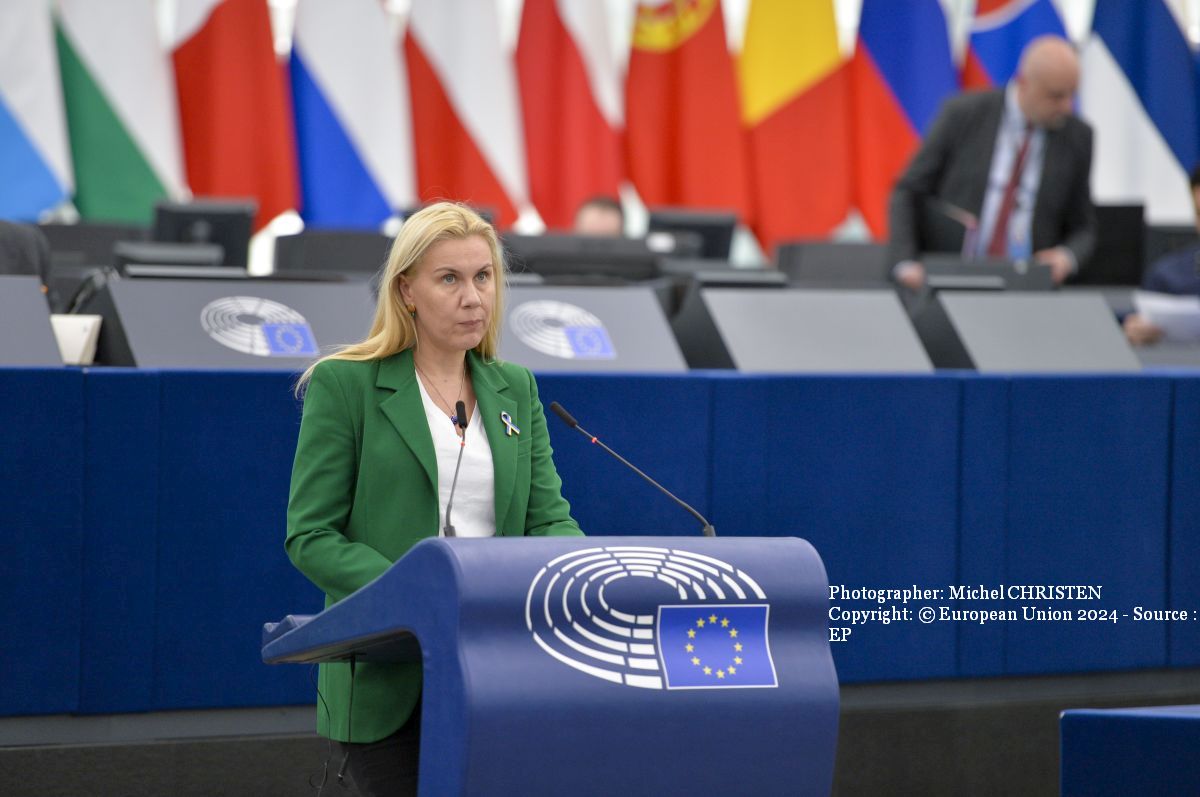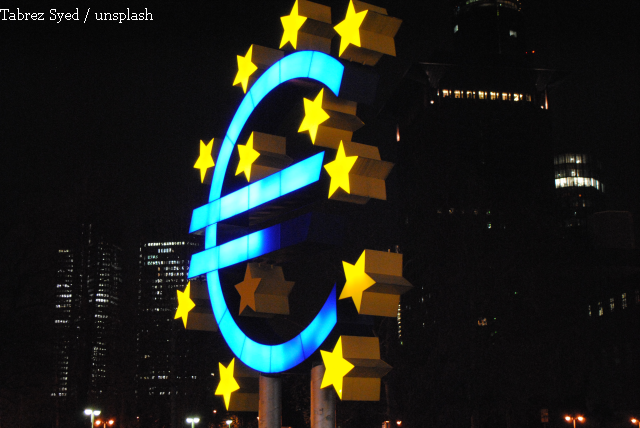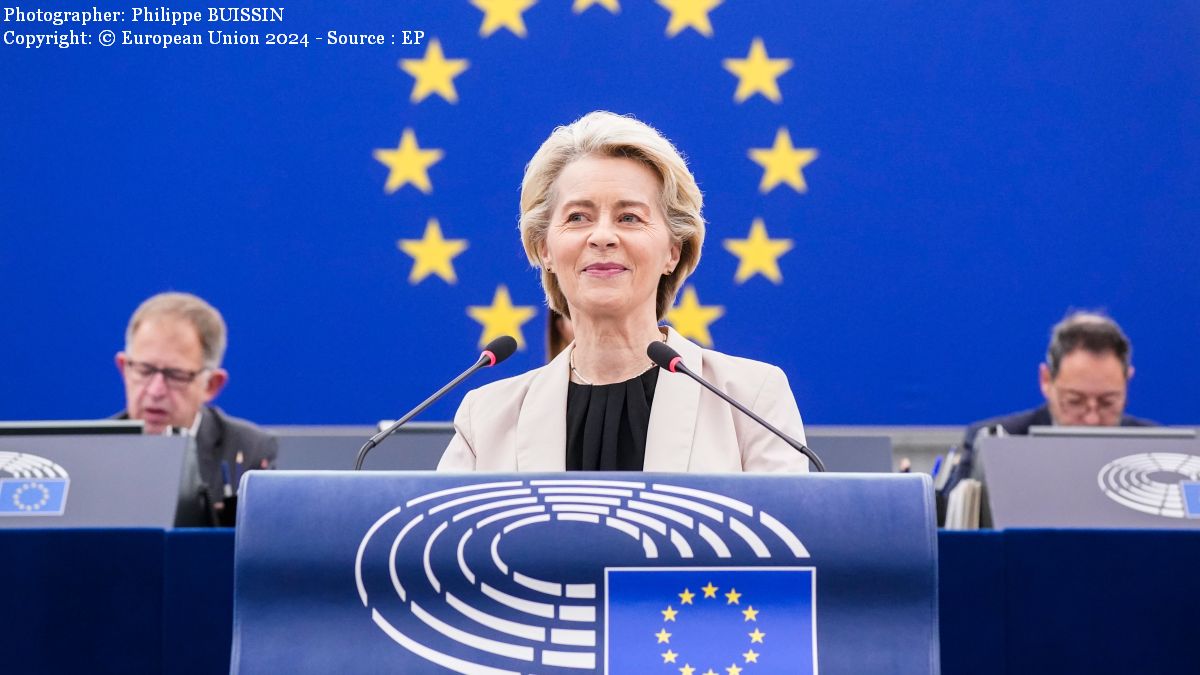Energy for the future
The European Commission made public its annual state of the energy union report in the first half of September.

Corina Cristea, 20.09.2024, 14:00
Over the past few years, the European Union has managed to withstand critical risks to its security of energy supply, regain control over the energy market and prices, and accelerate the transition towards climate neutrality.
These are some of the conclusions in the European Commission’s state of the energy union report made public in the first half of September. A state of the energy union report is released every year, to assess the progress made by the Union in meeting its energy goals.
“We have designed a comprehensive framework to lead the energy sector towards a carbon-free future,” the energy commissioner Kadri Simson explained at the time. “The EU is now well equipped to meet its climate neutrality goal while making sure that industry stays competitive,” she went on to say, adding that the EU has agreed to higher renewable energy and efficiency targets and has reformed markets and the world’s highest standards for the hydrogen economy and reducing methane emissions. “Following two record years for renewables installations, in the first half of 2024 wind and solar have risen to new highs, overtaking for the first time ever fossil fuels in our electricity mix,” the European commissioner also said:
Kadri Simson: “Green investments have reached a record level, thanks also to national recovery and resilience plans, and by mid-June this year out of the EUR 240 billion disbursed as part of national recovery and resilience plans, 184 billion have been allotted to energy-related reforms and investments. Market integration and grid and infrastructure development has also been key to ensure renewable expansion.”
Europe must rely on more clean energy produced domestically, and import less fossil fuel, in order to secure the competitiveness, supply security and the Union’s energy independence and economic resilience, Kadri Simson also said. We have taken major steps with our joint projects and with the quick adjustment of our gas infrastructure to support the changing import models since Russia’s invasion of Ukraine, the European official also pointed out.
Kadri Simson: “Unity and solidarity have allowed us to turn a crisis into an opportunity. Together we have managed to put an end to decades of dependence on Russian fossil fuels. We used to import 150 billion cubic metres of natural gas from Russia every year, and it is now less than 50. Our dependence from Russia dropped from 45% in 2021 to 15% last year. And as we are looking ahead to the next winter, EU gas storage has reached the 90% filling target on August 19, weeks ahead of the 1st of November legislated deadline. We know that across Europe we decreased gas consumption by 18% between 2022 and 2024, which is also more than the goal initially set.”
A member of the European Union and a part of the carbon-neutrality efforts, Romania has in turn reduced its natural gas consumption. While a few years ago demand peaked at 70 million cubic metres per day during winter, last year it barely reached 54-55 million.
Natural gas reserves are currently close to a record-high 94% gas storage rate, and coal reserves are over 550,000 tonnes, so authorities say that the country will have no problems coming out a normal-temperature winter season on Romanian gas alone.
But, energy transition goals aside, there are still people in Romania without access to electricity. Specifically, over 11,000 people live in some 5,400 homes in remote villages without electricity. They are the planned beneficiaries of a project called “Energy for life,” which brings solar panels to isolated areas, with the ambitious goal of leaving no homes without power. Here is Dumitru Chisăliță, president of the Smart Energy Association:
Dumitru Chisăliță: “At the rate we are targeting, this extreme energy poverty can be eradicated, we believe. Obviously, this requires the participation of public institutions, with substantial funding. After all, 5,400 buildings is not a lot for Romania at present. Our math indicates that some 15 to 27 million euros should be enough to eradicate this energy poverty, and this money may be provided from certain funds, including the Green Home programme. Power distribution networks also need to be developed, because at the moment they are below the required technical and financial levels. Last but not least, the funding can be supplemented from sponsorship and various sustainability models that can be implemented.”
In the past 4 years, the “Energy for life” project has brought electricity to 39 homes, 10 sheep farms and 2 mountain huts in 25 villages across 5 counties. (AMP)





























